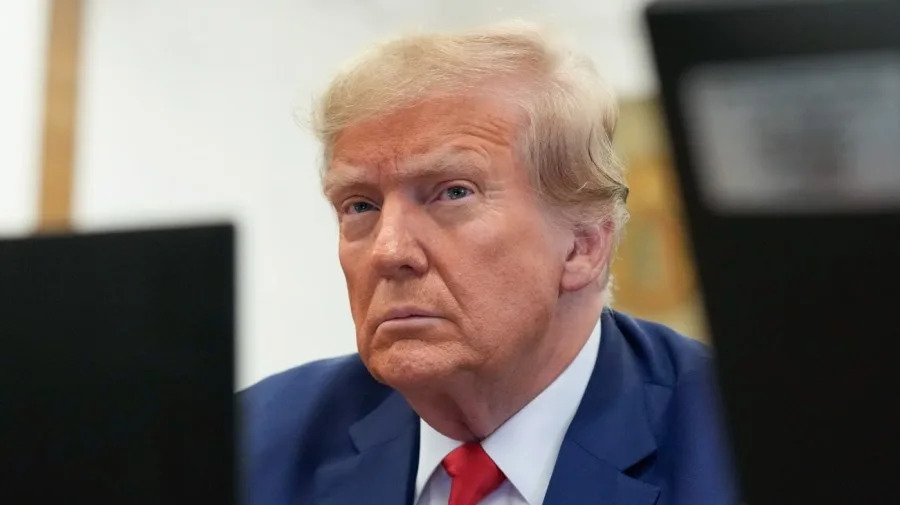
A half-billion-dollar judgment against President Trump and his business empire was thrown out by a divided appeals court Thursday, though the fraud case against him was left intact.
It’s a stunning turn in the battle between the president and New York Attorney General Letitia James (D), who accused the real estate mogul of inflating his net worth for tax and insurance benefits in a 2022 lawsuit that threatened his billionaire status and company.
Here are five takeaways from the pivotal decision.
‘Excessive’ fine gone; other penalties remain
Though the judges were deeply split otherwise, they agreed that the financial penalty imposed on the Trump Organization by the trial court was unlawfully excessive.
Judge Arthur Engoron had ordered the defendants — Trump, his eldest sons and top executives — to pay $464 million, plus interest, the bulk of which Trump bears. The total had climbed to more than $527 million, including interest, as of Thursday.
The wiped-away financial penalty is an undeniable victory for Trump. But the ruling is not a complete success for his business.
On top of the fine, Engoron barred Trump from serving in top roles at any New York company for three years and imposed the same penalty on Trump’s sons, Donald Trump Jr. and Eric Trump, for two years. He also installed an independent monitor at the Trump Organization to keep watch over its business practices, which was allowed to go into effect as the appeal moved forward.
The appeals panel gave those penalties the stamp of approval.
“Considering the significant likelihood that defendants would reoffend, Supreme Court’s injunctions were measured and fair,” said Judges Peter Moulton and Dianne Renwick, who wrote the principal opinion.
That also goes for former top executives Allen Weisselberg and Jeffrey McConney, who were barred for life from serving “in the financial control function” of any New York company and from serving as an officer or director of any New York corporation or other legal entity for three years.
President Trump and his businesses are prohibited from applying for loans from institutions registered with the state for three years, as well.
Both Donald Trump Jr. and Eric Trump are listed as executive vice presidents of the Trump Organization, raising questions about the leadership of the company should the ruling stand.
Both sides claim victory
Soon after the decision came down, both President Trump and James were quick to call it a triumph.
In a winding Truth Social post, Trump said the ruling was a “TOTAL VICTORY” over the New York attorney general, calling her lawsuit a “Case of Election Interference.”
“I greatly respect the fact that the Court had the Courage to throw out this unlawful and disgraceful Decision that was hurting Business all throughout New York State,” Trump said.
He posted an image of himself in court, dubbed over with DJ Khaled’s “All I Do Is Win.”
Donald Trump Jr. and Eric Trump similarly celebrated the ruling as a “massive win” and “total victory.”
James, meanwhile, noted that the panel affirmed the trial court’s finding that Trump and his company are liable for fraud and upheld the injunctive relief her office won against them.
“It should not be lost to history: yet another court has ruled that the president violated the law, and that our case has merit,” she said.
Court deeply fractured
The panel mostly kept the lower judgment intact despite three of the five appeals judges — a majority — believing it should not stand.
“To draw a sports analogy, it is as if a team is awarded a touchdown without crossing the goal line,” Judge David Friedman wrote.
Why? The result of the panel’s deep fractures and an unusual arrangement.
None of the court’s three opinions garnered majority support. The court effectively split 2-2-1.
Two judges were prepared to rule for James on everything except the fine, another pair wanted to order a new trial and the final judge completely sided with Trump by tossing the entire dispute outright.
Fearful the parties would have to reargue the case, the second pair reached a consensus so the parties can immediately move the case to New York’s highest court.
The two judges maintained their protest in a 94-page opinion. But they meanwhile joined the first pair to form a majority in signing the court’s “decretal,” meaning its bottom-line order that affirmed the trial court’s underlying findings.
Judge John Higgitt and Judge Llinét Rosado wrote their decision came “with great reluctance and with acknowledgement of the incongruity of the act.”
“A remarkable situation has necessitated a remarkable solution,” their opinion reads.
The arrangement only came after an unusually long delay. The case had been pending almost a year, far longer than the normal timeline.
Friedman, the dissenting judge who didn’t sign on, commended his colleagues’ “selflessness” in putting aside their personal views. But he noted the oddity of the agreement and questioned why they didn’t join forces with him to completely overturn the trial court.
“In any event, it seems to me that the result I would reach is more consistent with the outlook of Justices Higgitt and Rosado than the affirmance of the judgment, as modified, for which they are voting,” Friedman wrote.
Politics bled into decision
Perhaps inevitably, politics played a role in the final outcome.
The second pair of judges, Higgitt and Rosado, said they would have sent the case back for another trial with a more limited scope, asserting that some claims were barred by the statute of limitations.
However, the first pair of judges, Moulton and Renwick, and the final judge, Friedman, expressed doubt.
“It is difficult to imagine that a trial could proceed while one of the principal defendants, and a central witness, is President of the United States,” Moulton and Renwick wrote, adding that the “inevitable elapse of time” and “Sisyphean” need to recreate the vast record of testimony and documents would likely kill the case.
Meanwhile, Friedman said a new trial would “disrupt the political life of the United States and would undermine its national interest,” especially as global tensions remain high amid the Russia-Ukraine and Israel-Gaza conflicts.
Friedman, who would have tossed the dispute altogether, also staked his position in part on James’s own political speech.
He said the record makes clear she sought to use the law and judicial system “for political ends.”
“The proof of this is found not in anything written by me but in the words of the Attorney General herself,” Friedman wrote. “Specifically, as previously noted, the Attorney General, in her 2018 election campaign for her current office, repeatedly promised the voters that her top priority, upon being sworn in, would be to bring down President Trump and his real estate empire.”
What happens next
With the appeals court ruling in, the next step is the state’s top bench, the New York Court of Appeals.
James’s office quickly vowed to appeal in hopes that she can restore the nine-figure fine against Trump.
“We will seek appeal to the Court of Appeals and continue to protect the rights and interests of New Yorkers,” James’s office said in its statement.
Trump and his sons could also appeal and seek to overturn what’s left of the trial court judgment, including the limits on their ability to serve in top roles for New York companies in the near term.
It remains unclear if they will do so. Trump called Thursday’s decision a “total victory” and pointed to his other personal legal battles in which he has yet to emerge victorious.
The Trump Organization and two of its former executives, Weisselberg and McConney, are also defendants and could appeal.
Copyright 2025 Nexstar Media, Inc. All rights reserved. This material may not be published, broadcast, rewritten, or redistributed.
For the latest news, weather, sports, and streaming video, head to The Hill.
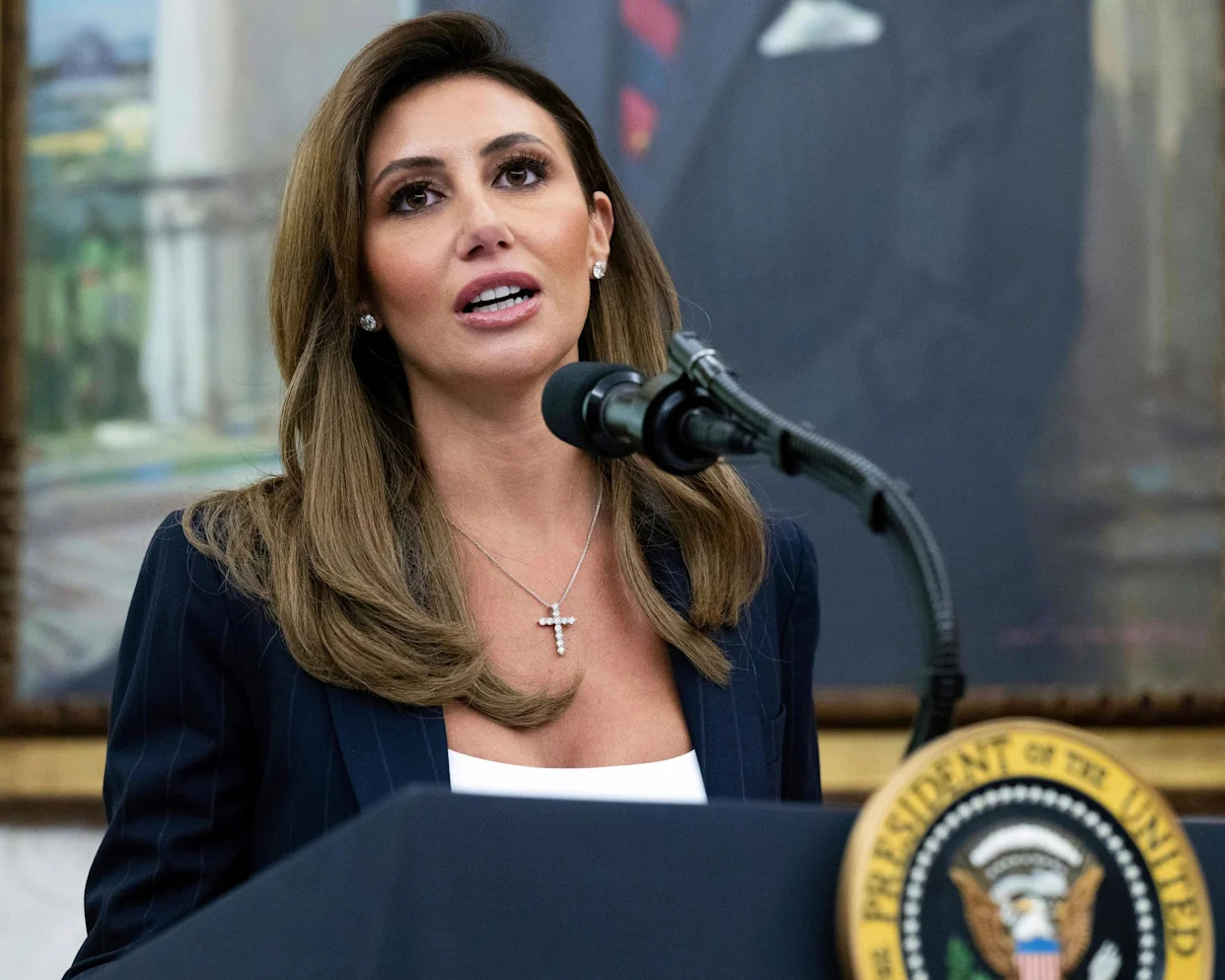

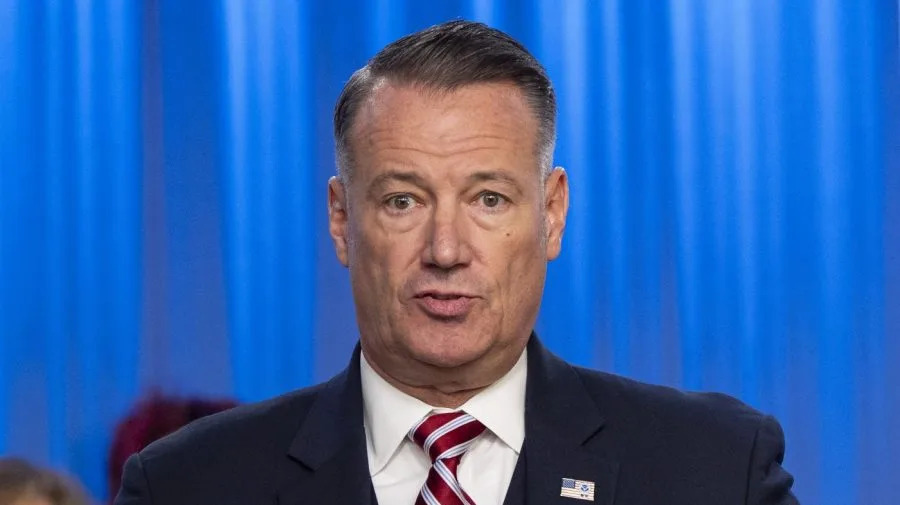

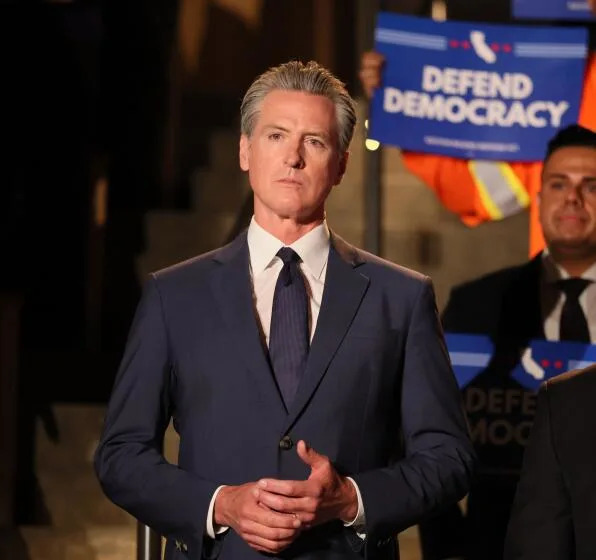

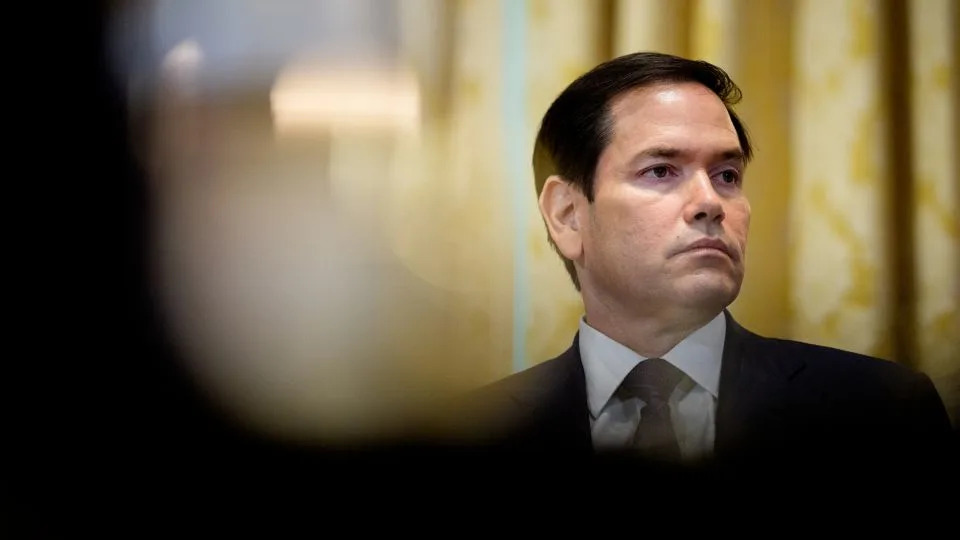
Comments